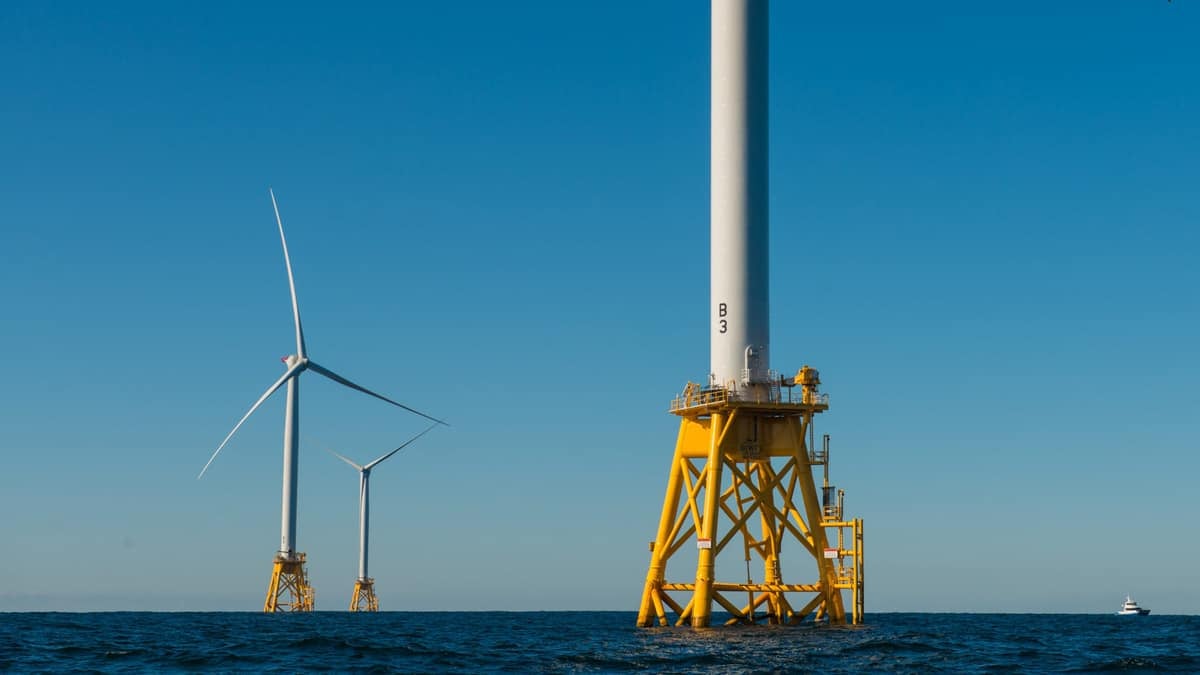For the first time in more than a decade the U.S. Coast Guard (USCG) has revised its guidelines for assessing the effects of offshore wind projects on commercial shipping, an indication that such projects are gaining momentum as a renewable energy option.
The new guidance, made public earlier this month, identifies navigational safety information the agency will consider when reviewing permit applications to build and operate an Offshore Renewable Energy Installation, including wind farms. It updates and replaces guidelines originally issued in 2007.
The USCG advises the Bureau of Ocean Energy Management, part of the U.S. Department of Interior, on offshore leases, and can recommend that project developers conduct a Navigation Safety Risk Assessment, which includes an evaluation of marine traffic information based on vessel movement data.
For example, the USCG points out that as wind energy areas are developed, vessel traffic may be funneled into smaller areas, causing traffic congestion problems. “This increased vessel density may also cause the mixing of vessel types and speeds while also changing the geometry interactions as vessels come within close range of each other,” the guidance states. “These changes may increase risk of collision, loss of property, loss of life and environmental damage.”
The guidance also states that when two or more wind energy areas are near each other, project developers should consider alternative routing measures and collision avoidance technology as part of their risk assessment. “Mitigations that minimize the disruption of traditional routes and the displacement of smaller vessels further offshore are beneficial for maintaining safe navigation of all vessels.”
The guidelines are designed to help set minimum safe distances in offshore wind farm planning taking into account all stakeholders. The law firm Winston & Strawn pointed out that Congress had considered mandating minimum safe distances in the Coast Guard Authorization Act of 2019, but the provision was removed before the bill was passed by the U.S. House of Representatives on July 24.

The majority of new offshore wind development in the U.S. is centered on the East Coast. After the successful launch of the relatively small 30 megawatt (MW), five-turbine Block Island Wind Farm off the coast of Rhode Island in 2016, projects among other states began to accelerate. Earlier this year the State of Virginia published a report outlining the advantages of the state’s port infrastructure to accommodate offshore wind development.
Ørsted, a Danish power company that claims to be the largest offshore wind developer in the U.S., recently asserted it can deliver clean energy “to the seven states on the U.S. East Coast that have already committed to building a total of more than 20 [gigawatts] of offshore wind capacity by 2035.” In addition to developing a 1,100 MW wind farm off the coast of southern New Jersey that is expected to be completed by 2024, Ørsted is involved in offshore wind projects in Connecticut, Delaware, Maryland, Massachusetts, New York and Virginia.
The USCG’s wind energy guidance can also be seen as helping legitimize some of the proposed benefits of the renewable energy source, including the potential for new jobs. A report last year by E2 Energy Services estimated that U.S. East Coast offshore wind farms could add up to 25,000 construction jobs.







